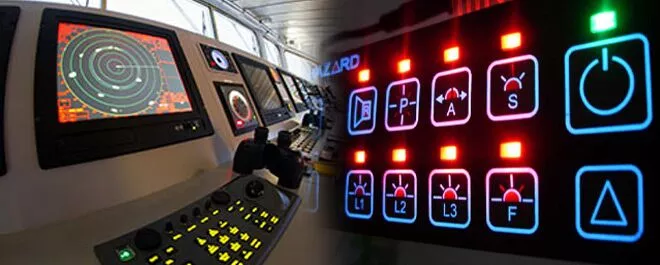What is the Difference Between Linear and Tactile Switches?
Are you stuck between choosing linear and tactile switches? Then this blog can help you. It discusses a few key differences between linear and tactile switches.
What is a Linear Switch?
Linear switches do not have a bump you feel to some extent when you press the key. You can press them down smoothly, registering the keystroke before the key hits the keyboard’s base. Linear switches are available in varieties. Also, they can have various actuation forces and feel different from each other.
What is a Tactile Switch?
On the other hand, tactile switches make you feel a bump when you press the key and when the system registers the keystroke. These switches are termed tactile, as you often don’t have to bottom the key out to determine if the key has been registered or not —you can proceed to the next keypress immediately as you feel the bump.
Key Differences Between Linear and Tactile Switches
Let’s now look at some significant differences between linear and tactile switches.
| Parameter | Linear Switches | Tactile Switches |
| Tactile Feedback | No | Yes |
| Key Benefit | Speed | Accuracy |
| Keystroke | Consistent and smooth | A slight bump |
| Generic Application | Gaming | Typing |
| Sound | Noiseless | Quiet |
Characteristics of Linear and Tactile Switches
Linear switches provide a consistent and smooth bump-free feel with every keystroke. That’s the reason people consider linear switches ideal for gaming, whereas tactile feedback may reduce the pace and increase the response time. Besides, since linear switches are noiseless. Hence, they are less disturbing, especially amidst shared workspaces. However, the keycaps can still clack when bottomed out.
Also, the absence of feedback can signify the need for learning for those familiar with tactile switches. It is especially true when they do not feel the keystrokes are registering. It may lead to typing errors or inaccuracies until the users get habitual to linear switches.
With a tactile switch, you can feel a slight yet satisfying bump when the keystroke is registered. That confirms to the user that the key has been registered. Besides, tactile switches are quiet. Hence, like the linear counterparts, you can use them in shared workspaces. Additionally, tactile switches can help reduce typing errors. But on the other hand, some users feel that using tactile switches reduces typing speed.
Linear and Tactile Switches – Which Ones Are Better?
Consider the characteristics of both, linear and tactile switches are equals. So, none of them is a podium winner. While linear switches are suited for gaming, tactile switches are appropriate for typing. Besides, it depends upon how trained you are in typing.
If you want a smooth and consistent typing experience, linear switches prove a more prudent choice. However, if you want immediate and measurable feedback, tactile switches serve as a better option. Choose Cutek Circuits if you are looking for superior linear or tactile switches. Our value-driven approach and the use of the latest technology make us a keyboard manufacturer to reckon with. Please email us at sales@cutekcircuits.com to learn more about our linear or tactile switch products.




